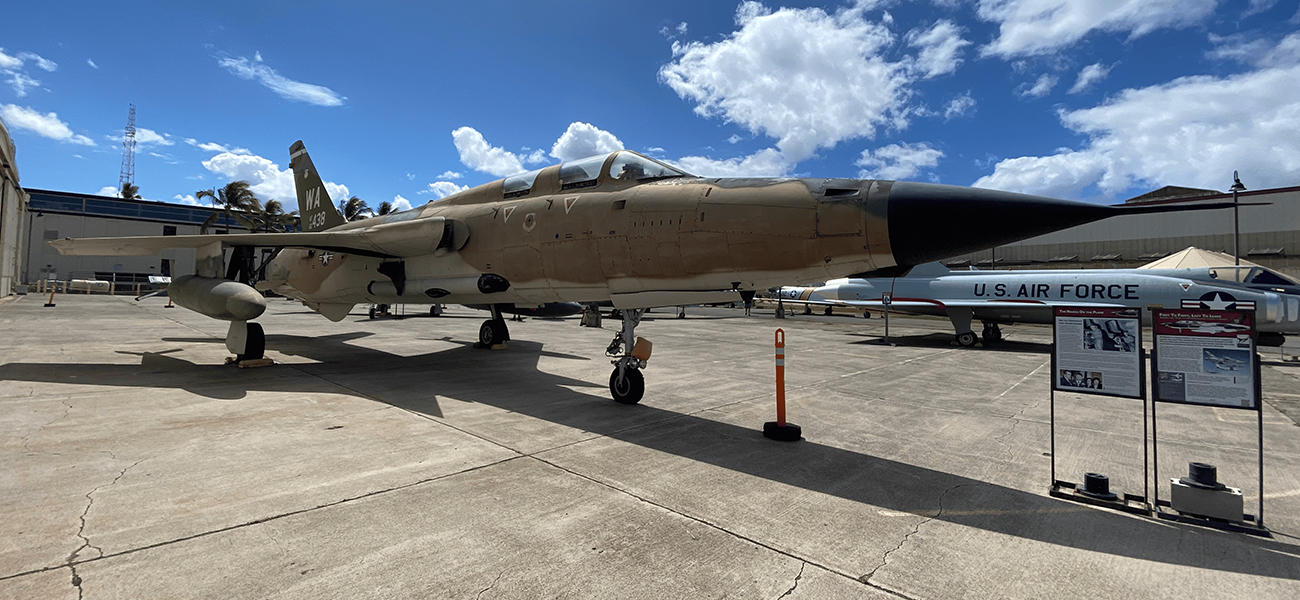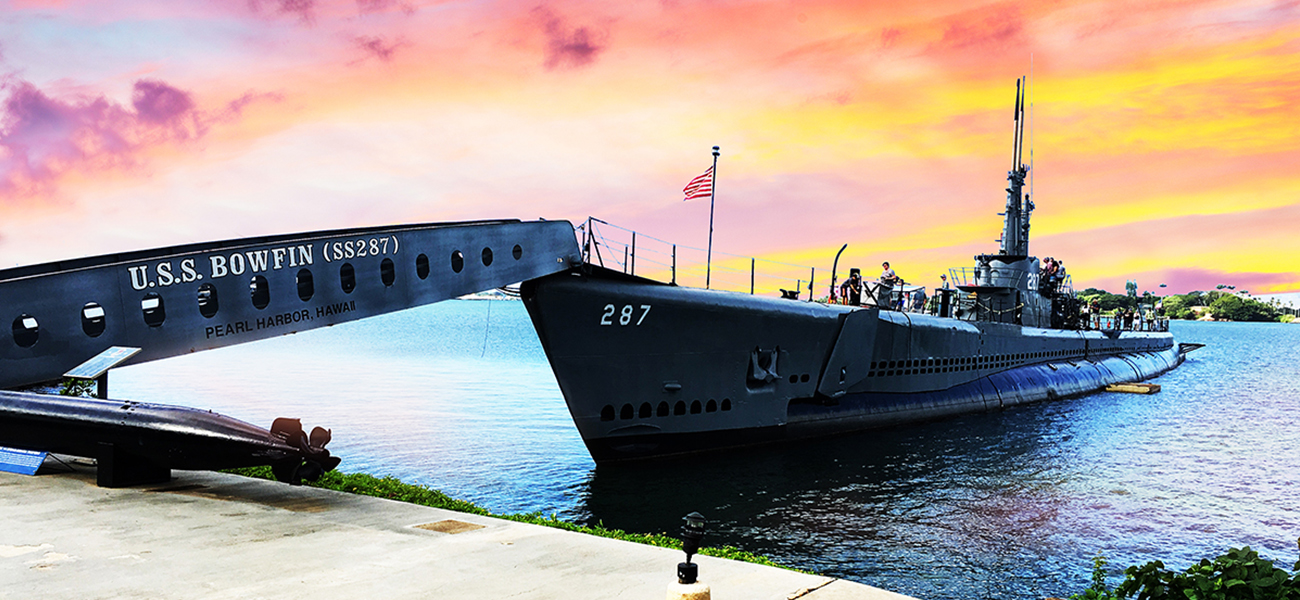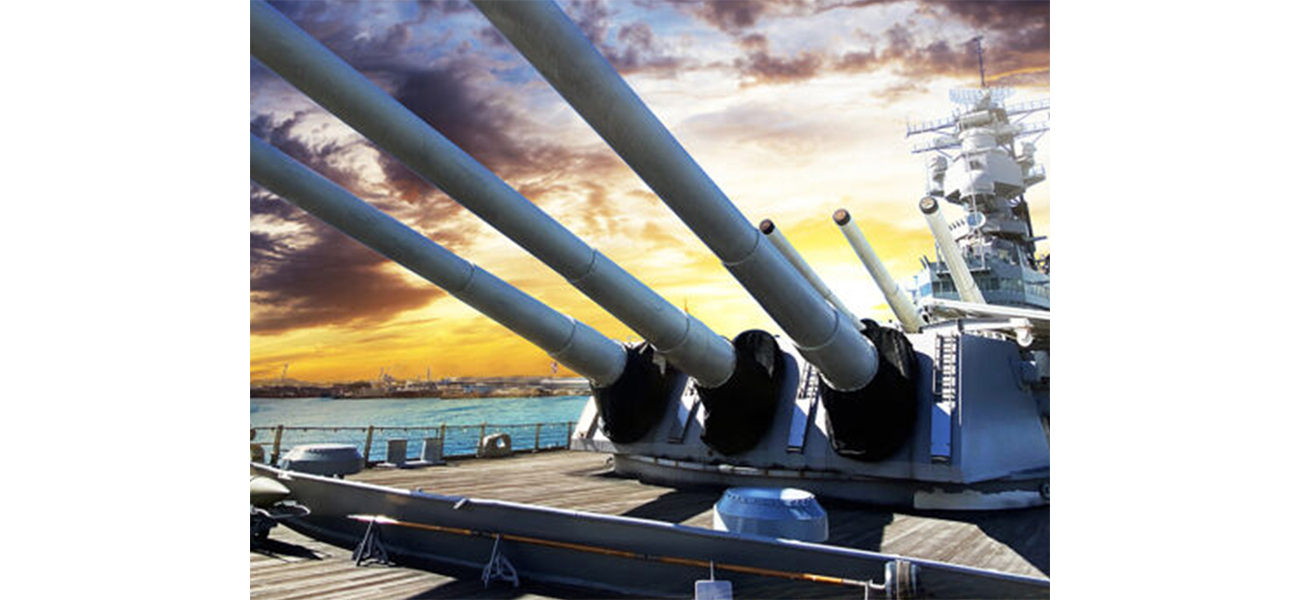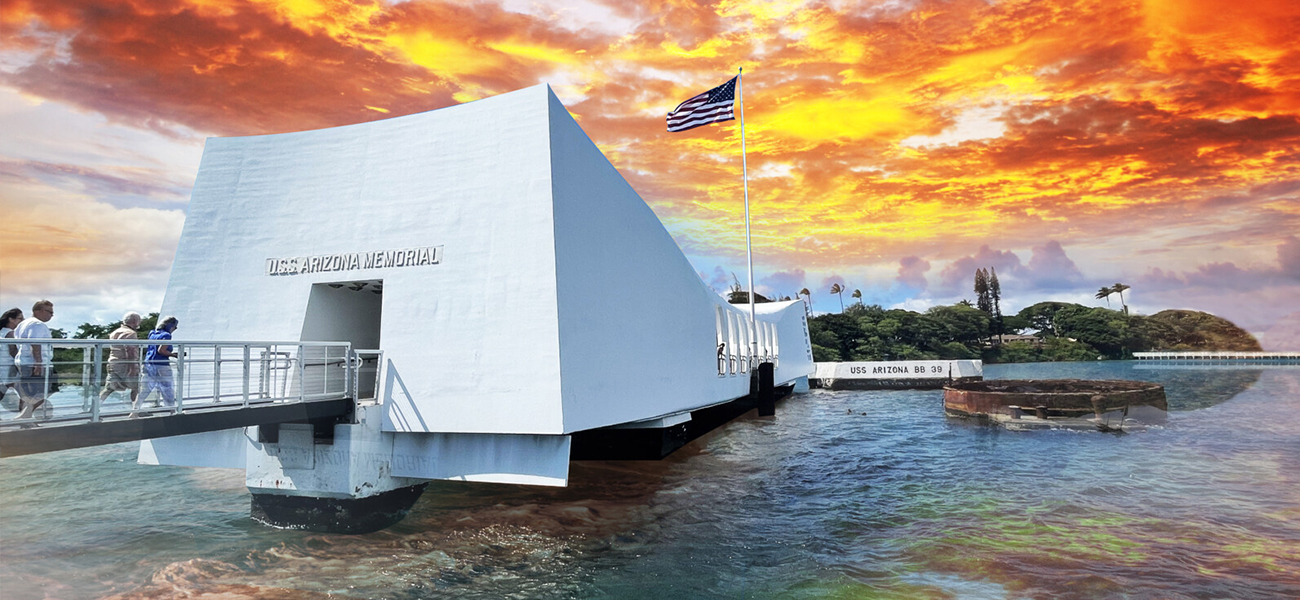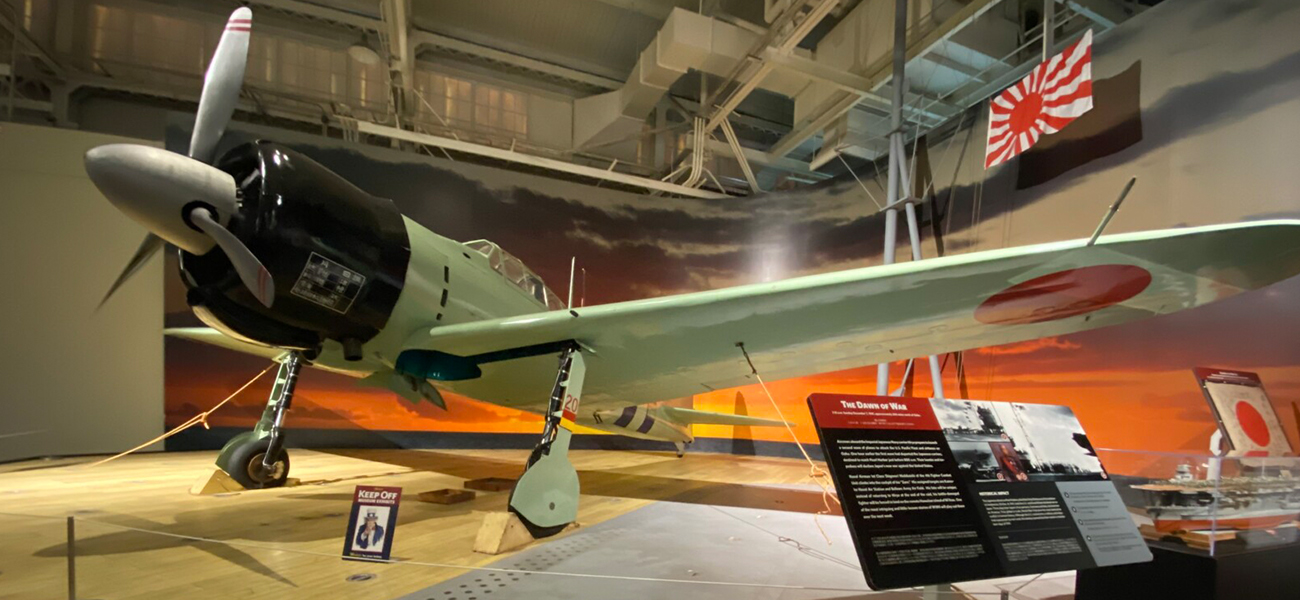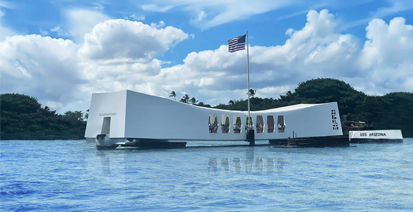Pearl Harbor Aviation Museum; The only battleground of second world war on the soil of United states
The only battleground of the Second World War on the soil of the United of the tranquility that enveloped the Hawaiian islands, a momentous event unfolded during the Second World War that forever altered the course of history. The infamous Japanese surprise attack on Pearl Harbor thrust the United States into a conflict that echoed across the Pacific. Nestled within the somber embrace of the Pearl Harbor National Memorial lies the Pearl Harbor Aviation Museum—a living testament to the valour and sacrifice of those who experienced the devastating events of December 7, 1941. As visitors step into the hallowed grounds of the Pearl Harbor visitor center, they embark on a journey through time, immersing themselves in the profound significance of this pivotal location in America’s wartime narrative.
1. Literal Significance:
The Pearl Harbor Aviation Museum in Hawaii serves as a significant historical site, preserving and commemorating the events of December 7, 1941, when the Japanese attacked Pearl Harbor. The museum focuses on aviation history, showcasing aircraft and exhibits related to World War II and the role of aviation during that time. It provides a tangible connection to the past, honoring the bravery of those who served and highlighting the impact of the attack on the course of history. The attack on Pearl Harbor marked a turning point in World War II, thrusting the United States into active participation. The gallery strategically located on Ford Island provides callers with a palpable connection to the events that unfolded during that ignominious day.
2. Immersive shows:
A foundation of the gallery lies in its immersive shows. From strictly restored aircraft to interactive displays, callers are transported back in time, gaining a deeper understanding of the challenges faced by both the military labor force and civilians during the a
3. Restoration sweats:
Noteworthy is the gallery’s commitment to the restoration of major aircraft. The scrupulous process involved in bringing these bones back to life showcases the fidelity to conserving palpable remnants of the history, icing that unborn generations can appreciate the technological strides made during wartime.
4. Educational Programs:
Beyond the static exhibits, the gallery laboriously engages with callers through educational programs. These enterprises aim to give a comprehensive understanding of the geopolitical climate leading to the attack, fostering an appreciation for the offerings made by those who served during World War II.
5. Living History
The gallery brings history to life through living history events and reenactments. These allow callers to witness the challenges faced by both military and mercenary populations, offering a unique perspective on the impact of the attack on diurnal life.
6. Pearl Harbor’s part in Aviation History:
Pearl Harbor holds a significant place in aviation history due to the infamous attack on December 7, 1941, by the Japanese forces. This surprise military strike on the U.S. Pacific Fleet at Pearl Harbor had a profound impact on the course of World War II. The attack heavily damaged or destroyed numerous aircraft, battleships, and other military assets. Among the casualties were a significant number of aero planes stationed at the various airfields around Pearl Harbor. This event marked the United States’ entry into World War II and had a profound impact on the development and use of aviation during the conflict. The aftermath of the attack saw a rapid expansion of military aviation capabilities, technological advancements, and strategic shifts. Pearl Harbor remains a symbol of resilience, remembrance, and the transformative role of aviation during a critical period in history. The Pearl Harbor Aviation Museum preserves and shares this history, showcasing the impact of aviation on the events of that fateful day.
7. Memorializing icons:
The gallery serves as a poignant keepsake to the icons of Pearl Harbor. Through substantiated stories, exhibits honor the frippery and immolation of individuals who played a pivotal part in defending the United States during the attack.
8. Community Engagement:
Beyond its part as a literal point, the Pearl Harbor Aviation Museum laboriously engages with the original community. Events, lectures, and outreach programs contribute to fostering a sense of collaborative remembrance and appreciation for the offerings made
Conclusion:
In the heart of Pearl Harbor, the Aviation Museum stands not only as a testament to the history but as a lamp for the future. It serves as a critical link between generations, ensuring that the assignments of World War II aren’t forgotten. The only battlefield of the Second World War on U.S soil continues to inspire reflection, education, and a deep appreciation for the adaptability of a nation in the face of adversity .



